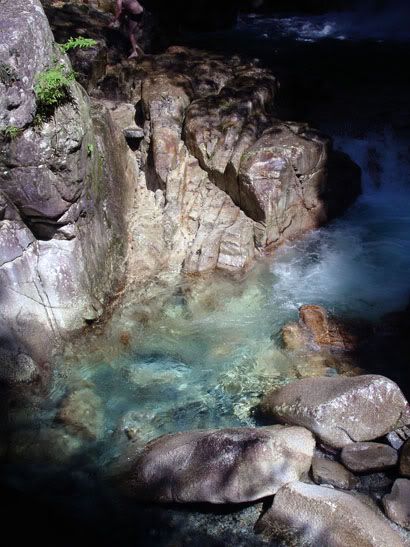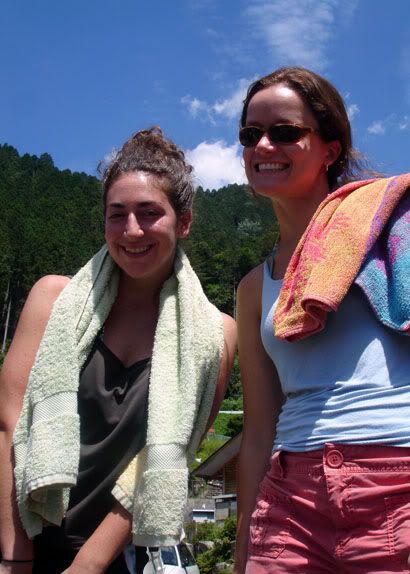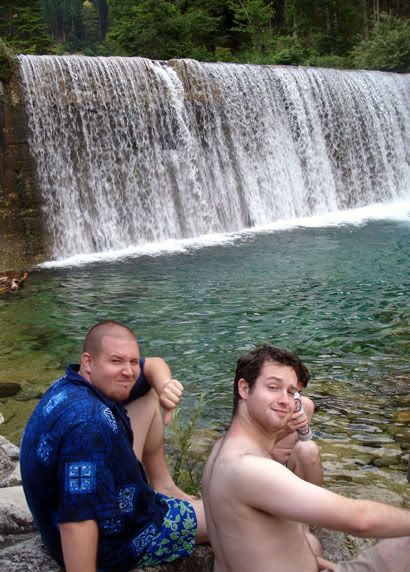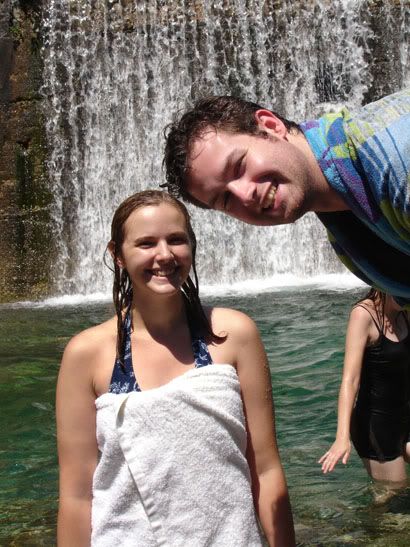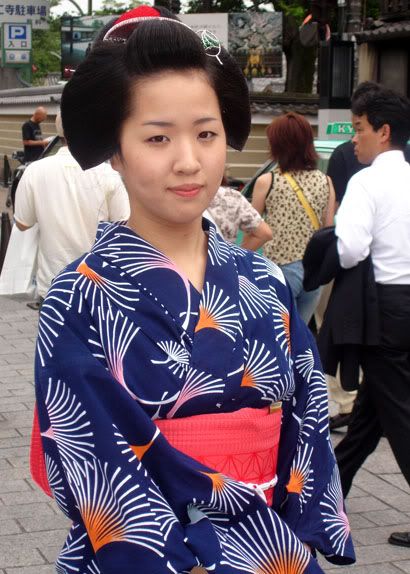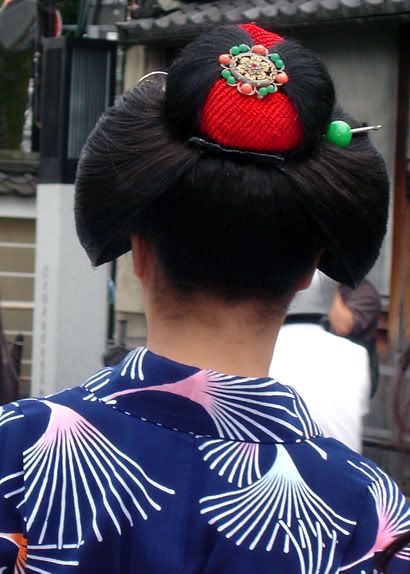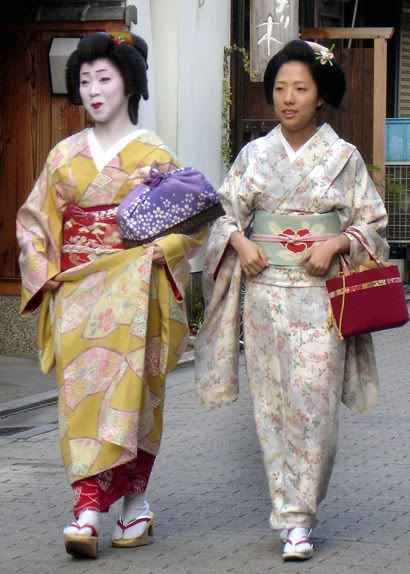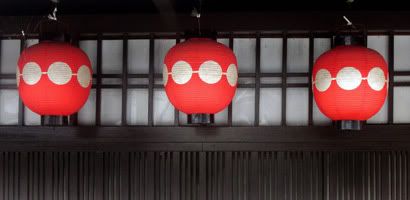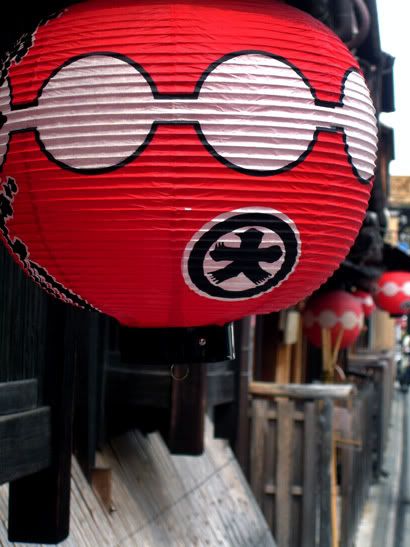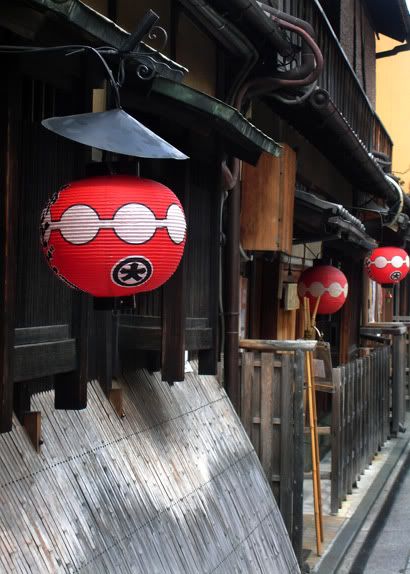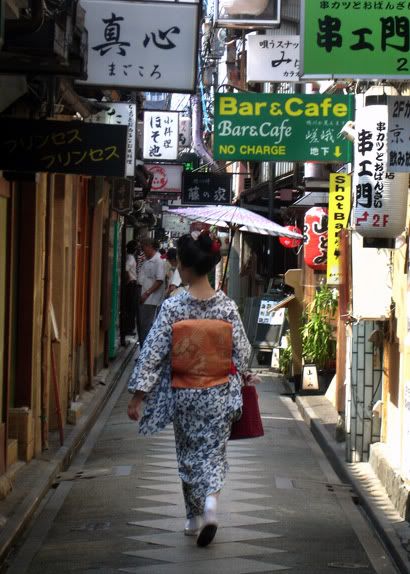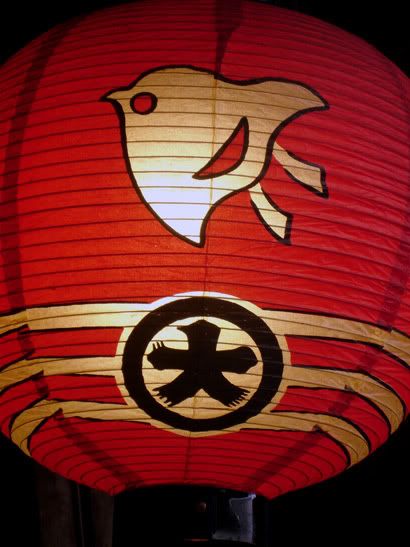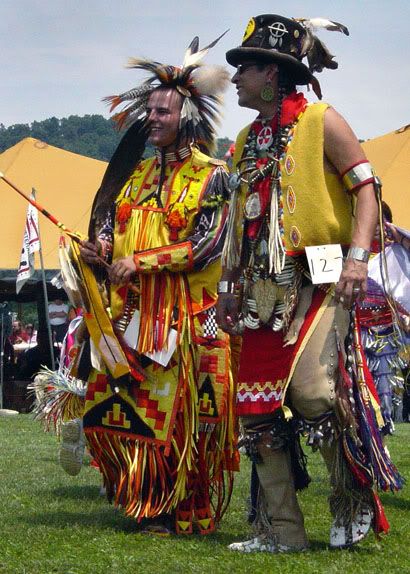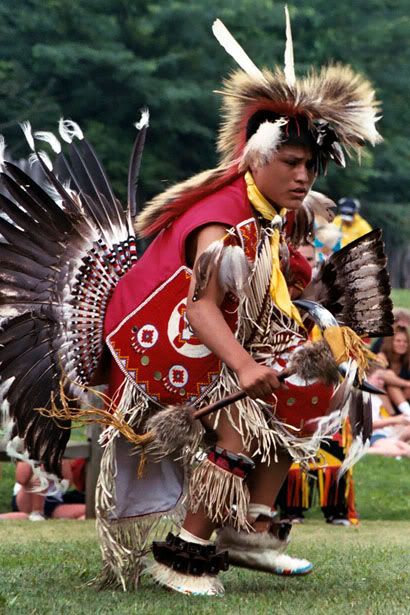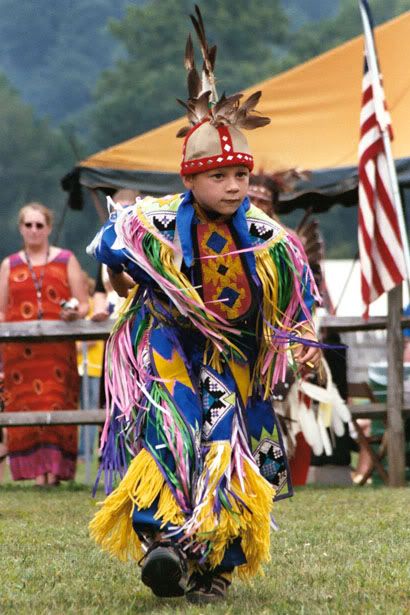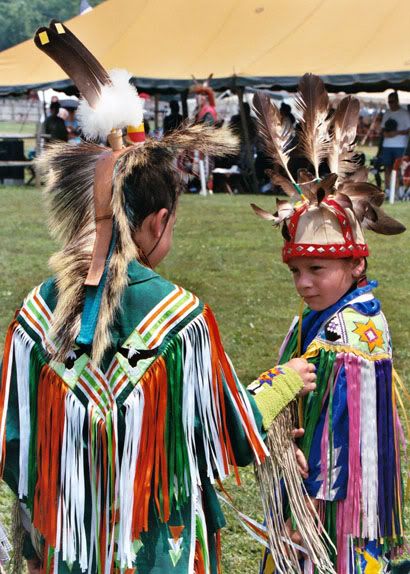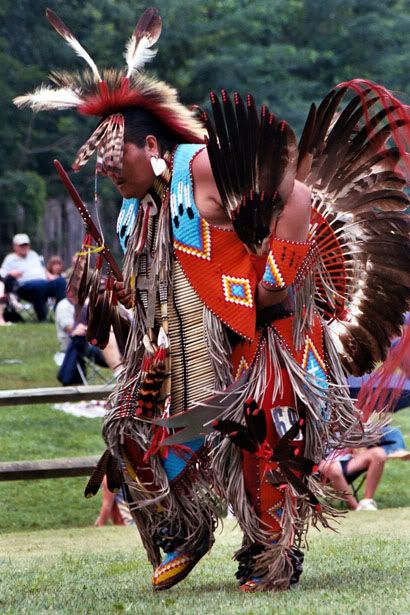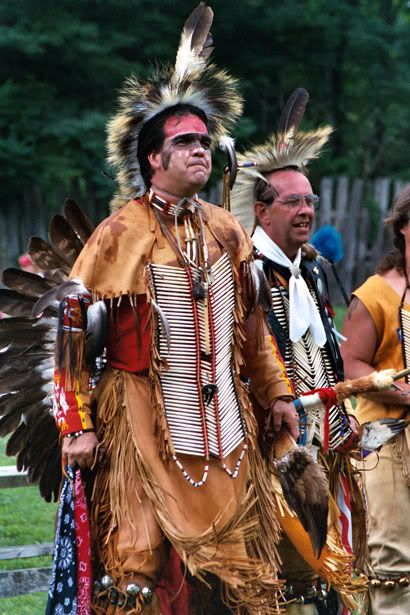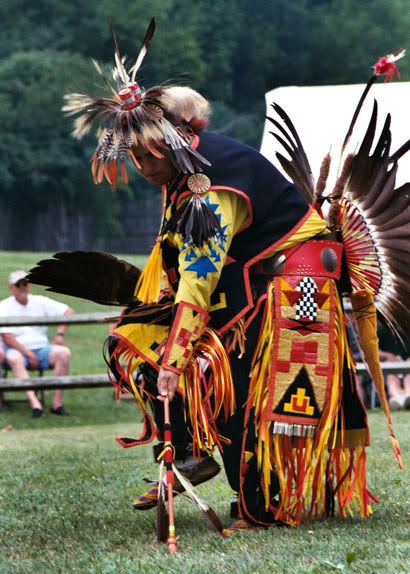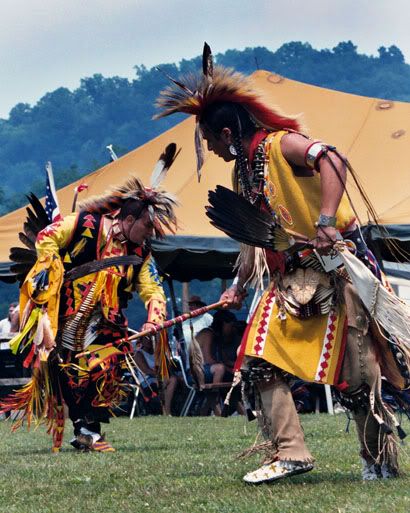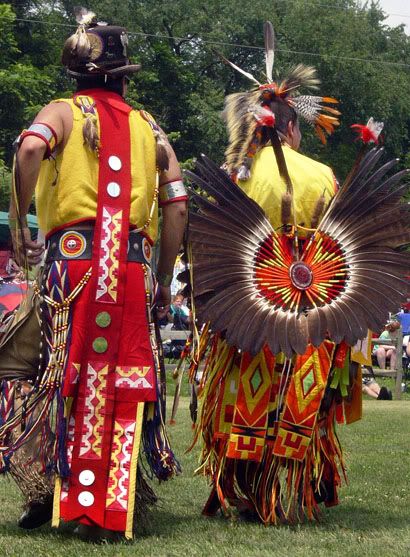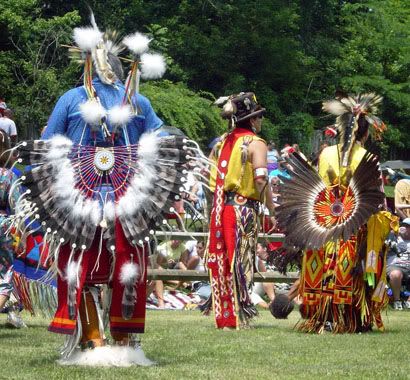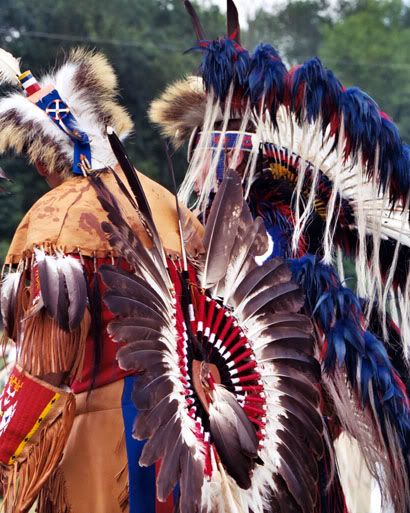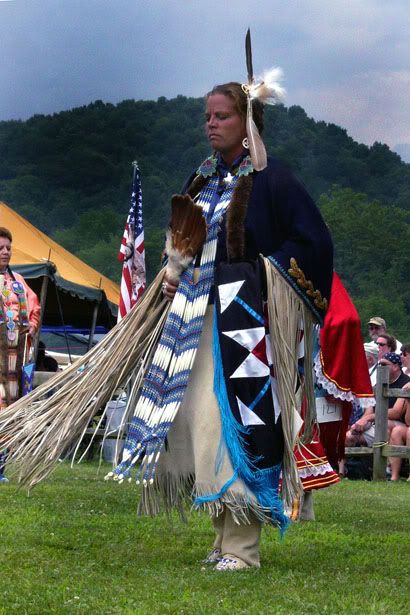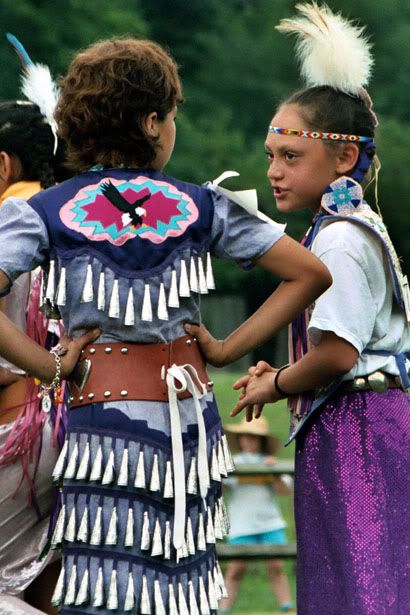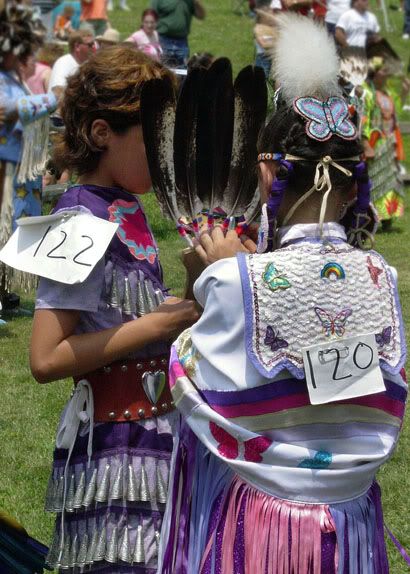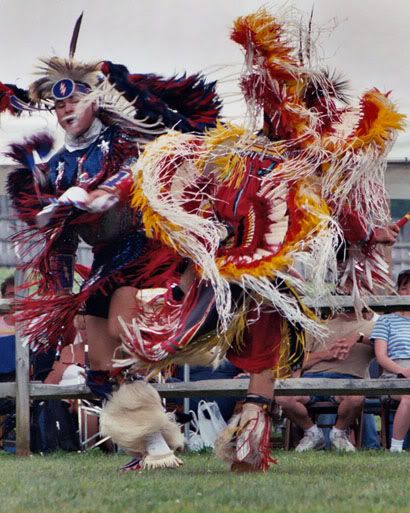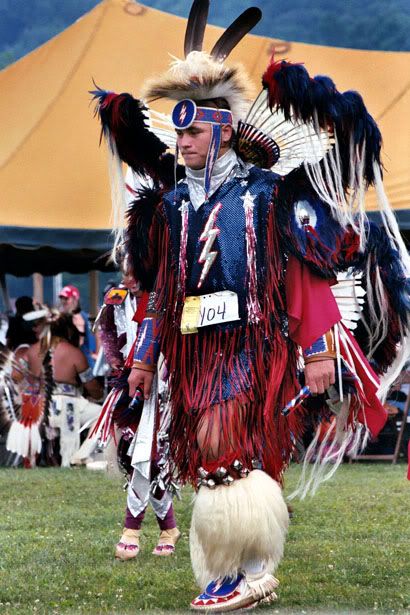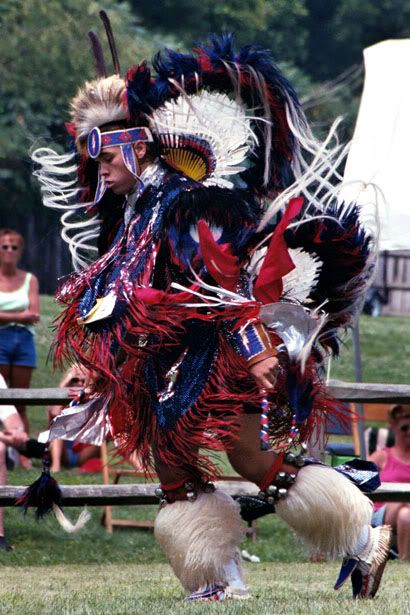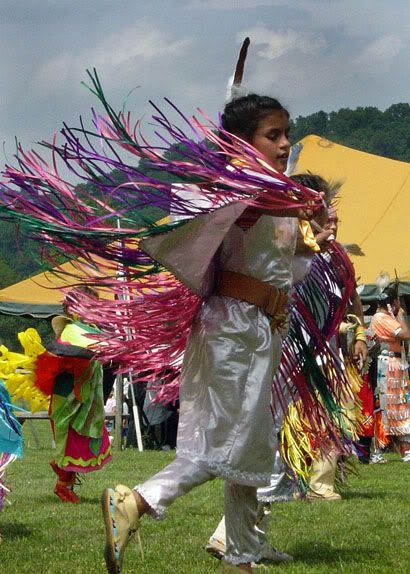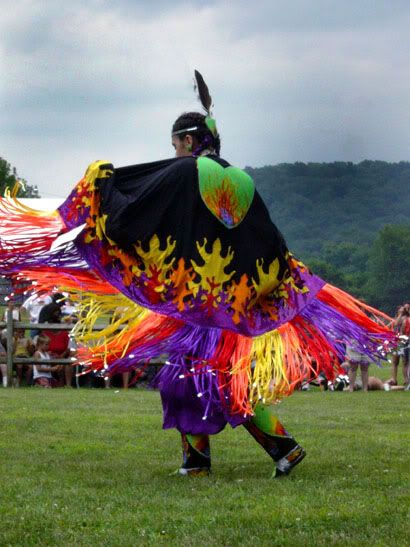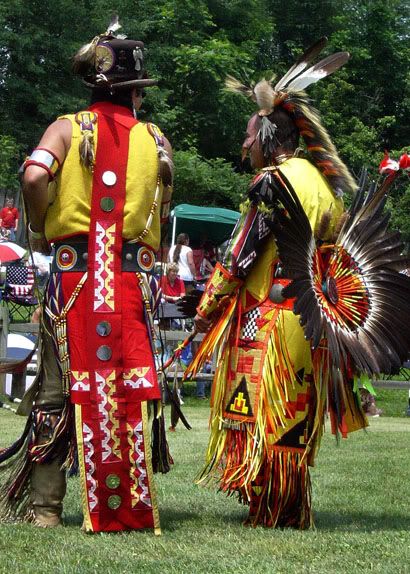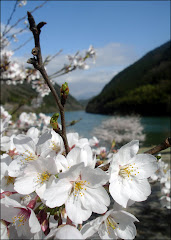恵那高校の運動会 (^-^)/
Presenting the Red Tigers: Kougun: 紅軍
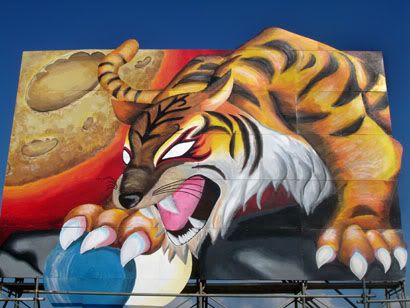
Fellow ALT J-Blo invited me to Ena High School's Sports Festival, which the students have been busy coordinating and practicing for all summer 'vacation'. An academic high school (as opposed to an agricultural, commercial, or trade school), Ena high is famous for the hard work, dedication, and creativity its students contribute to making Sports Festival an unforgettable, awe-inspiring spectacle not soon to be forgotten.
The White Devils: Hakugun: 白軍
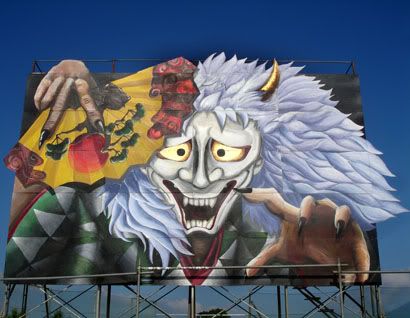
Presenting the Red Tigers: Kougun: 紅軍

Fellow ALT J-Blo invited me to Ena High School's Sports Festival, which the students have been busy coordinating and practicing for all summer 'vacation'. An academic high school (as opposed to an agricultural, commercial, or trade school), Ena high is famous for the hard work, dedication, and creativity its students contribute to making Sports Festival an unforgettable, awe-inspiring spectacle not soon to be forgotten.
The White Devils: Hakugun: 白軍

At the begining of summer vacation, the school was split into 3 teams, or 'armies' (as the word translates from Japanese): Reb, Blue, and White. The students were then assigned to an 'army' based on their hometown region. Like an infantry, this division fosters a sense of solidarity, encouraging the soldiers, I mean, students, to fight for the honor of their homeland-- I mean, town. With no army, the residue of Japan's rampant militaristic fervor, left over from WWII, was channeled into outlets such as these. In my experience, high school Sports Festivals are much less militaristic than those at the junior high school level. At Ena High there was no playing of the Kimigayo, the national anthem, which many Japanese consider too nationalistic, no flag ceremony, and no Hitleresque hailing to the Principal, all of which suprised and shocked me last year when I was introduced to this tradition at Ena East Junior High.
The Blue Dragons: Seigun:青軍

Throughout the summer the students work together to create a cheer show, which can only be described as a Japanese Half-Time extravaganza. The Cheering Competition is judged seperately from the sporting events and awarded its own trophy, as is the team mural competition. These larger-than-life frescos are designed by members of the art club and sketched onto oversized tiles, which are then layed out around the base of the school. Because of the great size of the 'canvas', team members shout directions down to the painters from the third floor, telling them what color should be applied where.
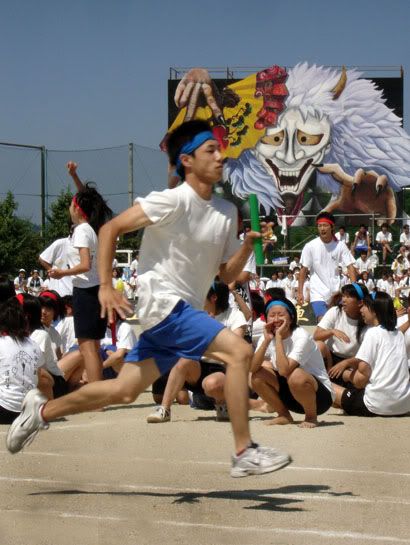
Sports Day consists of a number of competitions, like team tug-of-war, 3-legged races with entire classes (more like hundred-legged races), and a variety of relays.
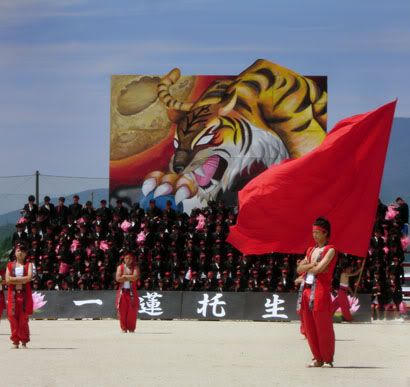
The cheering competition is the most exciting and anticipated event of the festival. Sporting traditional costumes with a trendy, modern edge, a select few students perform a combination of dance and marital arts to the sound of a traditional Japanese drum, or taiko, while their teammates in the stands, beneath the banner of their team mural, chant, clap, cheer, and use colorful props to create visual effects in the background. In these pictures, the cheering section was covered by a orange wave as the flag bearer ran across the field, leading the charge for his cheering soldiers.
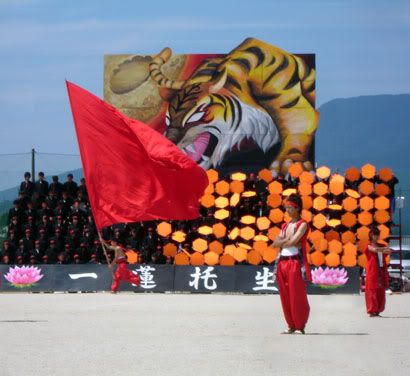
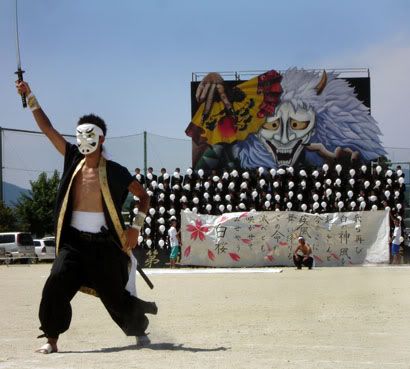
White was the team to beat, and dominated the scene for the third year in a row, with an amazingly high-paced martial arts routine, a sword-weilding samurai devil, strategically popped balloons and the release of at least a dozen white doves!


Seigun (the blue team) finished strong with this Blue Dragon display, depicting the red and white teams powerless before their mighty blue behemoth, but it wasn't enough to overcome the great White Hype of hakugun.
I'm working on a highlight video of the Cheer Competition: It must be seen to be truely appreciated!

